Land Realm: 7 Common Creatures
Shapeshifters
| Werecats | Werewolves | Werebears (Berserkers) | |
 |
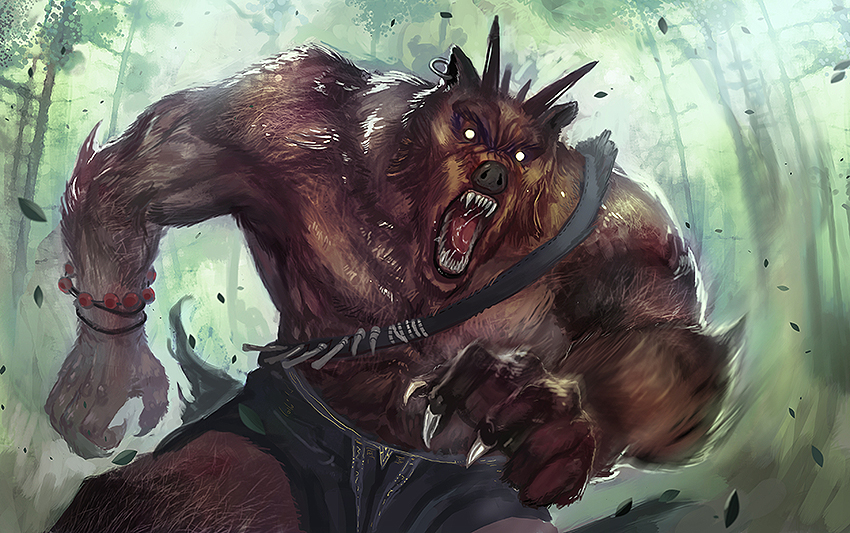 |
||
| Physical Description: Human with the ability to transform into a feline or a human with feline features or appearance. A cat, who has eaten many humans, may become a werecat. | Physical Description: Human with the ability to shapeshift into a wolf or wolf-like creature either purposely or after being placed under a curse or affliction (often a bite or scratch from another werewolf). They often have meeting of both eyebrows at the bridge of the nose, curved fingernails, low-set ears and a swinging stride, and no tail in wolf form with human eyes and voice and larger body than regular wolves. | Physical Description: Viking men with no armor who act like wild animals on the battlefield or turn into bears on the battlefield | |
| Other Name(s): "Were-cat" / "Ailuranthrope" / "Feline Therianthrope" / "Cat Shifters" | Other Name(s): "Wolf Man" / "Lycanthrope" | Other Name(s): "Berserk" | |
| Origin: Unknown | Origin: Middle Ages European folklore which spread through colonization and storytelling | Origin: Bear cult of the Vikings | |
| Characteristics: Temporary or permanent transformation into a domestic cat, tiger, lion, leopard, lynx, or any other type. Some are transformed by the Full Moon. Some transform willingly. | Characteristics: The transformation may be temporary or permanent. The werewolf may be the man himself metamorphosized; may be his double whose activity leaves the real man to all appearance unchanged; may be his soul, which goes forth seeking whomever it may devour, leaving its body in a state of trance; or it may be no more than the messenger of the human being. Vulnerable to silver or sacred weapons and highly resistant to other injuries with healing abilities, superhuman speed and strength, increased coordination, aggression, and animal urges, and full moon being the cause of the transformation. | Characteristics: In battle, they would howl, foam at the mouth, and gnaw the iron rim of their shields. They were immune to steel and fire during these fits. They could not tell friend from foe during battle, so all avoided them when they went into a rage. After the fight, they were weak and tame. | |
| Method of Identification: Observation of cat-like features or accusations from neighbors | Method of Identification: Cutting the flesh of the accused, under the pretense that fur would be seen within the wound | Method of Identification: Men associated with the Germani and that go into battle with no armor and in a frenzy and sometimes change into a bear in front of you | |
| Becoming a Werecat: Magical powers (though limited to shapeshifting), offspring of a god or goddess, royalty clawed or scratched by a sphinx or normal cat, looked in the eye by a sphinx, hereditary curse, vindictive ghost, inheritance, spells, fasting, willpower, charms, hunger, just revenge, or wearing the cat's skin. | Becoming a Werewolf: Wearing a belt of wolfskin, rubbing the body with a magic salve, drinking rainwater out of the footprint of the animal or from an enchanted stream, draining a cup of specially prepared beer and repeating an incantation, sleeping outside on a summer night with the full moon shining directing on the face, Satanic ritual, punishment for mortal sin(s), cursed by a witch, divine punishment from a deity, born with the ability, or bite or scratch from a werewolf | Becoming a Werebear: They whip themselves into a wild animal-like frenzy and change form into bears to win battles | |
| Remedies: Death or religious rituals | Remedies: Exhaustion, medicine (wolfsbane), surgery, exorcism, striking the forehead or scalp with a knife, piercing hands with nails, addressed three times by its Christian name, scolding, or devotion to St. Hubert | Remedies: Death during battle or death after battle from fatigue |
Vampires
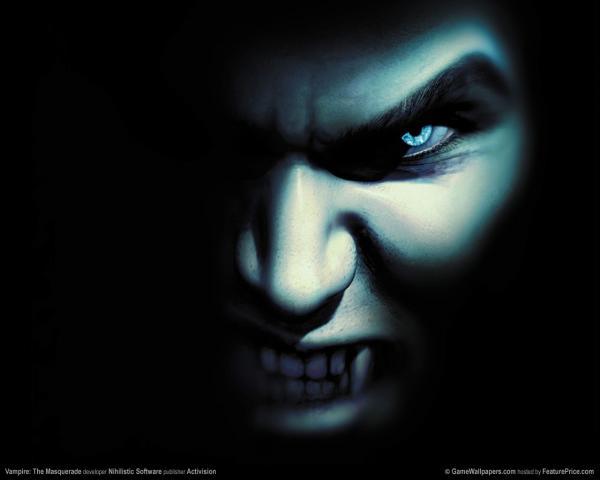
Physical Description: A human that survives by feeding on the vital force (generally blood) of the living and are usually pale, with cold skin, bloated in appearance, ruddy, purplish or dark in colour. These characteristics were often attributed to the recent drinking of blood. Blood was often seen seeping from the mouth and nose when one was seen in its shroud or coffin and its left eye was often open. It would be clad in the linen shroud it was buried in, and its teeth, hair, and nails may have grown somewhat, but no fangs.
Other Name(s): "Shtriga" / "Vrykolakas" / "Strigoi"
Origin: Europe
Characteristics: Depicted as undead, demons, spirits, evil beings, suicide victims, witches, living beings. Sometimes cause mischief or death for those around them. Vampires were thought to have arithmomania or a strong need to count things around them. Vampires would make their presence felt by engaging in minor poltergeist-like activity, such as hurling stones on roofs or moving household objects, and pressing on people in their sleep. They are believed to not have a reflection or shadow because they lack a soul. They must be invited into a house to enter, then can come and go as they please. They sometimes live in a coven or by themselves.
Method of Identification: People would lead a virgin boy through a graveyard or church grounds on a virgin stallion and the horse would supposedly balk at the vampire's grave. Holes appearing in the earth over a grave were taken as a sign of vampirism. Corpses thought to be vampires were generally described as having a healthier appearance than expected, plump and showing little or no signs of decomposition. In some cases, when suspected graves were opened, villagers even described the corpse as having fresh blood from a victim all over its face.
Becoming a Vampire: Born that way, malevolent spirit possessing a corpse, bitten by a vampire, any corpse that an animal (particularly dog or cat) jumps over, a body with a wound that had not been treated with boiling water, rebelled against the Russian Orthodox Church, or making a deal with a demon
Remedies: Burning a corpse upside-down, placing earthly objects, such as scythes or sickles, near the grave to satisfy any demons entering the body and to appease the dead so that it would not wish to arise, severing the tendons at the knees, placing poppy seeds, millet, or sand on the ground at the grave site of a presumed vampire so as to keep the vampire occupied all night by counting the fallen grains, scent of garlic or lemons, a branch of wild rose, and hawthorn plant would all hurt a vampire, sprinkling mustard seeds on the roof of a house would keep vampires away, sacred items or places, mirrors, killed when staked through the heart, mouth, or stomach, decapitation, steel or iron, boiling water or incineration of a body, shot, drowned, repeating the funeral service, sprinkling holy water on the body, exorcism, dismemberment, or burning
Sphinx

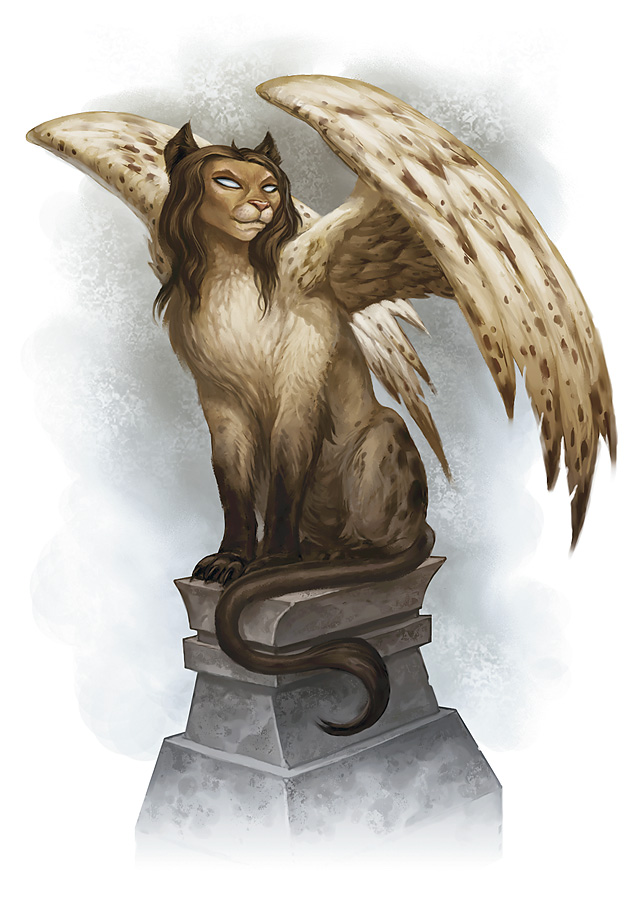
Physical Description: Creature with the head of a human and the body of a lion sometimes with the wings of an eagle and the tail of a snake
Other Name(s): "Androphinx" / "Phix" / "Purushamriga" / "Purushamirugam"
Origin: Both Egypt and Greece
Creation: According to Greek mythology, she was a daughter of Orthrus and Echidna, Chimera, or Ceto. While others say she was the daughter of Echidna and Typhon. In Burma, it was created by Buddhist monks.
Characteristics: Eats or kills those who can't answer its riddle, incredibly strong, and usually the guardian of entrances to temples or cities. Usually female in Greek mythology and male in Egyptian. In South India, it is said to take away the sins of the devotees when they enter a temple and to ward off evil in general. In Burma, is was created to protect a newborn royal baby from being devoured by ogresses.
Defeat/Weakness: Oedipus answered her riddle correctly and she threw herself from her high rock and died, others say she devoured herself.
Possible Riddles and Answers: "Which creature has one voice and yet becomes four-footed and two-footed and three-foot?" "Man-who crawls on all fours as a baby, then walks on two fett as an adult, and then uses a walking stick in old age." "There are two sisters: one gives birth to the other and she, in turn, gives birth to the first. Who are the two sisters?" "Day and night"
Hellhound
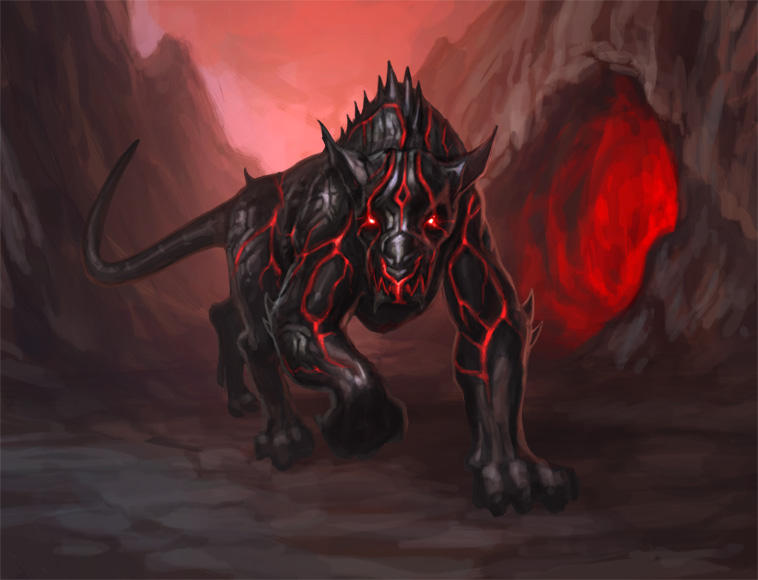
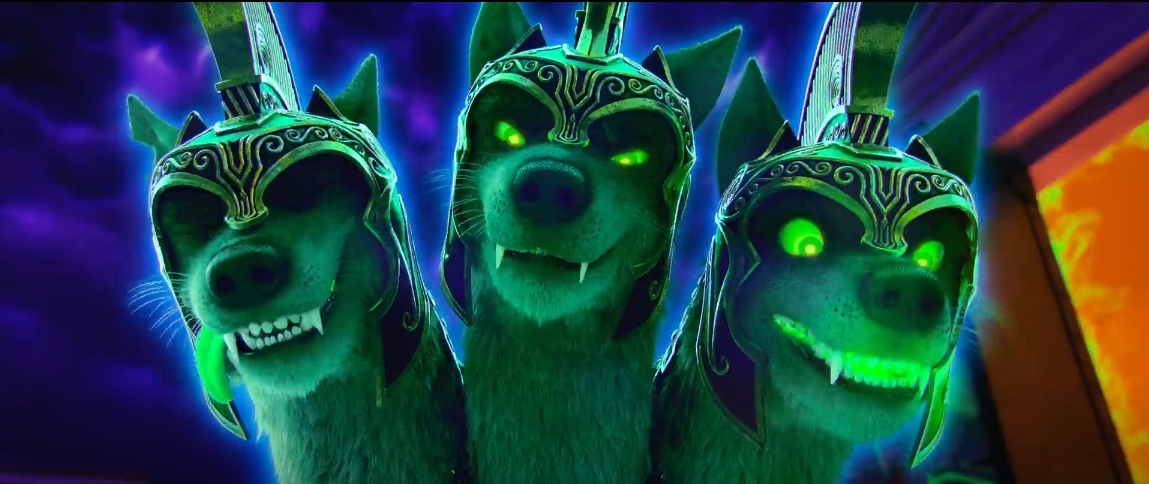
Physical Description: A dog with mangled black fur, glowing red eyes, sharp teeth, super strength and speed, ghostly or phantom characteristics, and a foul odor, sometimes smelling of burning brimstone. In cultures that associate the afterlife with fire, hellhounds may have fire-based abilities and appearance.
Other Name(s): "Bearer of Death" / "Cerberus" / "Cadejo" / "Black Shuck"
Origin: Many countries
Creation: Different depending on country of origin
Characteristics: They are often assigned to guard the entrances to the world of the dead, such as graveyards and burial grounds, or undertake other duties related to the after life or the supernatural, such as hunting lost souls or guarding a supernatural treasure. They are said to be the protectors of the supernatural, guarding the secrecy of supernatural creatures, or beings, from the world, or bringer of death. Sometimes eats lone travels. According to some, seeing one leads to death.
Defeat/Weakness: No weakness
Chimera
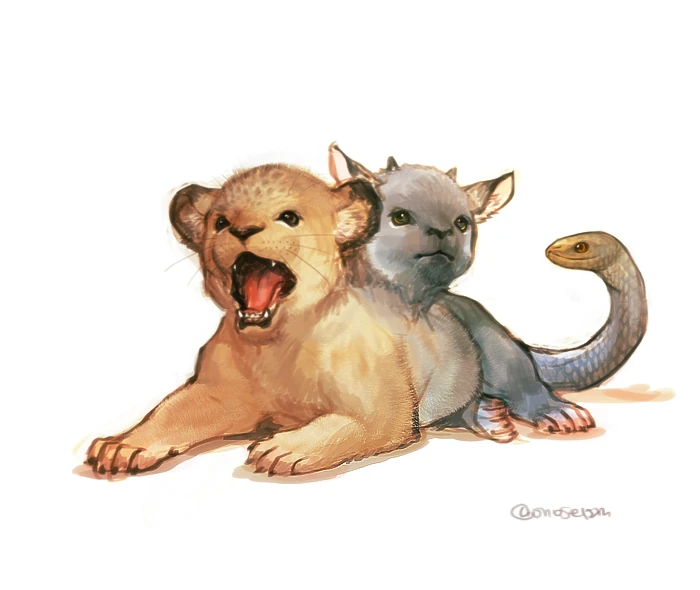
Physical Description: Creature with a lion body, a goat head stick up from its back, and a snake for a tail
Other Name(s): "Chimaera"
Origin: Greece, Homer's Iliad was the first literary reference
Creation: Echidna was her mother
Characteristics: Goat head breaths fire, female (mother of the Sphinx and the Nemean lion), and terrorized various lands in Greece
Defeat/Weakness: Bellerophon, with the help of Pegasus, was able to shoot the Chimera from the air, safe from her fiery breath